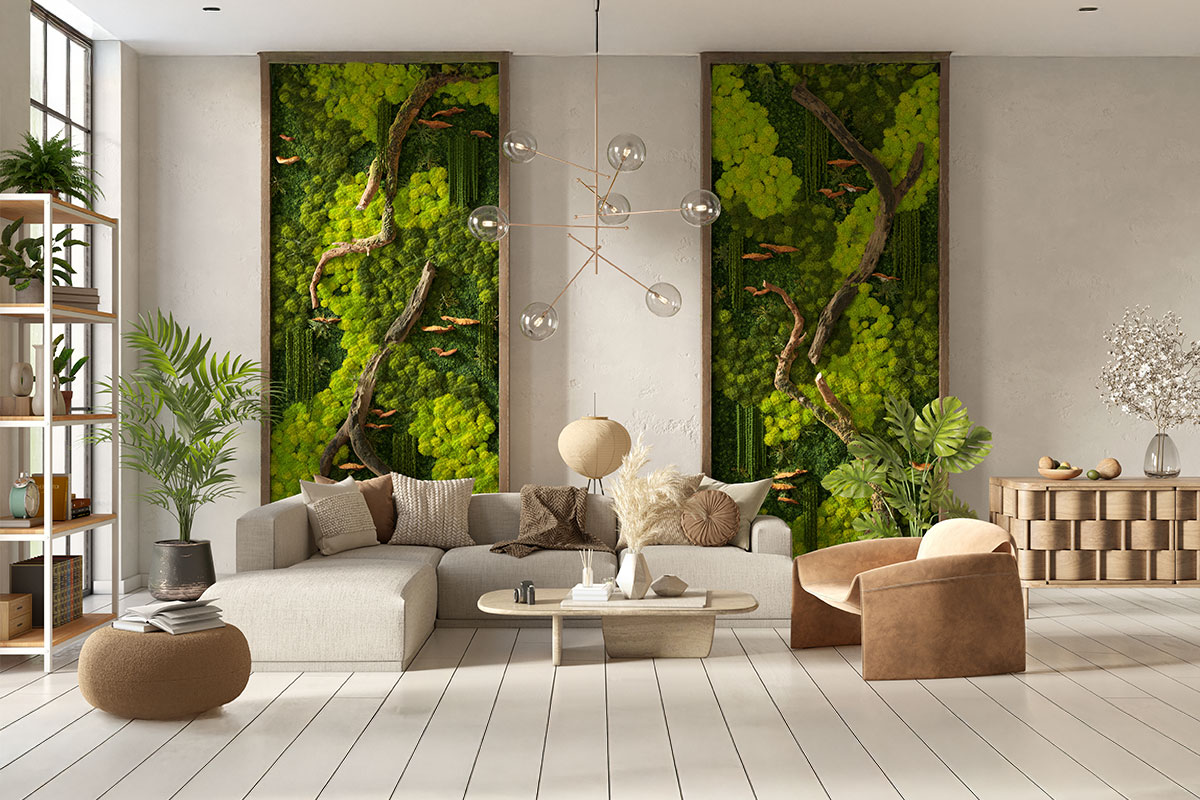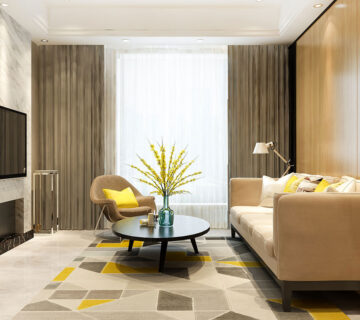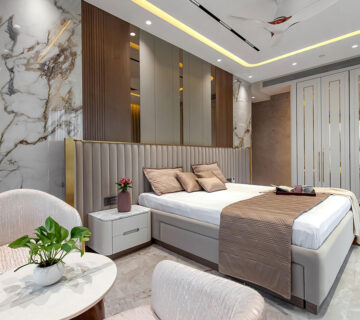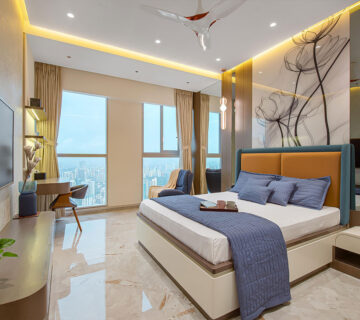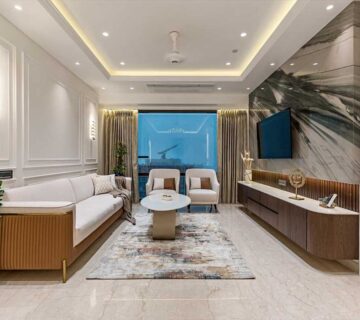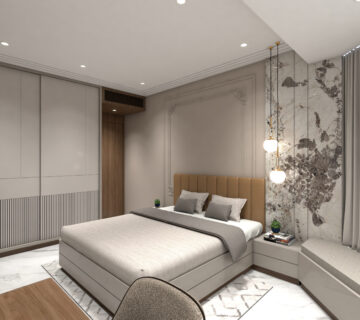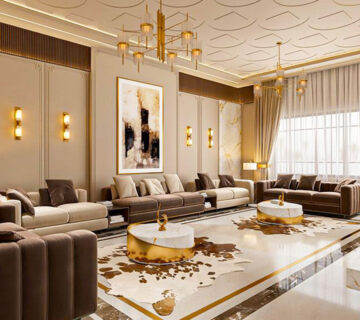Eco-Friendly Interior Design isn’t just a trend; it’s a movement. In a future where couches, coffee tables, and curtains reflect environmental consciousness and mindful living, we advocate for sustainability. Our eco-friendly spaces can be transformed through eco-friendly interior design, which explores its core principles, unveils its benefits, and highlights the latest trends.
An Introduction Sustainable Interior Design
Imagine walking into a room that feels both physically and figuratively refreshing. Designing sustainably is at the core of sustainable interiors. The goal is to make a beautiful space that is also kind to the planet. The design philosophy designed to minimize ecological impact and enhance the health and comfort of occupants centers on aesthetics and environmental responsibility.
Sustainability in Interior Design: What Does It Mean?
A pioneer in sustainable interior design, Sir Van der Ryn is also known as the father of “green architecture.” Sustainability goes beyond aesthetics and cost, taking into account the lifecycles of materials, energy consumption, and the long-term impacts on occupants.
It’s Important, Why?
Every choice matters in a world grappling with climate change and resource depletion. Sustainable interior design reduces waste, conserves natural resources, and creates a healthier living environment. A good environment isn’t just about saving the planet; it’s about creating a space that promotes harmony and well-being.
Environmentally Friendly Interior Design Principles
-
The future of sustainability
Make sure you choose renewable, recyclable materials with a low environmental impact. Here are some examples:
- The fast-growing, renewable resource bamboo is perfect for flooring and furniture.
- A reclaimed wood floor has a unique character while reducing the need for new flooring.
- Natural fabrics such as cotton, linen, and wool are biodegradable and less polluting than artificial materials.
-
Efficiency in Energy
Reduce energy consumption at home with energy-efficient elements.
- The energy efficiency of LED lights is up to 80% greater than traditional incandescent bulbs.
- Low-energy appliances are designed to reduce energy consumption without compromising performance.
- Investing in proper insulation for walls, roofs, and floors can dramatically reduce cooling and heating costs.
-
Indoor Air Quality
Enhance indoor air quality by reducing impurities and increasing ventilation:
- Paints with low volatile organic compounds (VOCs) are safer for indoor use since toxic chemicals are not released into the air.
- Natural air purifiers include spider plants, peace lilies, and snake plants.
-
Water Conservation
Water-saving fixtures and practices should be implemented:
- A low-flow faucet and showerhead conserve water without sacrificing pressure.
- You can flush completely or half with dual-flush toilets, saving water.
- Using rainwater for landscaping and gardening is one of the best ways of collecting rainwater.
-
Waste Reduction
Making thoughtful purchasing and design decisions will minimize waste:
- In decor and construction, use recycled glass, metal, and wood.
- High-quality, timeless furniture won’t require frequent replacements.
- Design with minimal clutter, minimizing wasted space and clutter.
A Practical Guide to Eco-Friendly Interior Design
Start Small
Home renovations don’t have to be done all at once. Switch to LED bulbs or pick non-toxic cleaning products in one room at a time.
Upcycle and Repurpose
Use the furniture and decor you already have. Recycling old items can help reduce the need to buy new ones.
Shop Local
In addition to reducing carbon footprints associated with transportation, buying locally supports local economies. Buy sustainable and regional products.
Educate Yourself
Keep abreast of sustainable materials and practices. You can make better home decisions if you know more.
Conclusion:
The trend of eco-friendly interior design is no longer just a trend, but a responsible and rewarding way to create a healthy, beautiful home. Using sustainable materials, energy-efficient practices, and mindful consumption can enhance your quality of life and help the environment. Make your sanctuary eco-friendly by embracing the principles of eco-friendly interior design.

